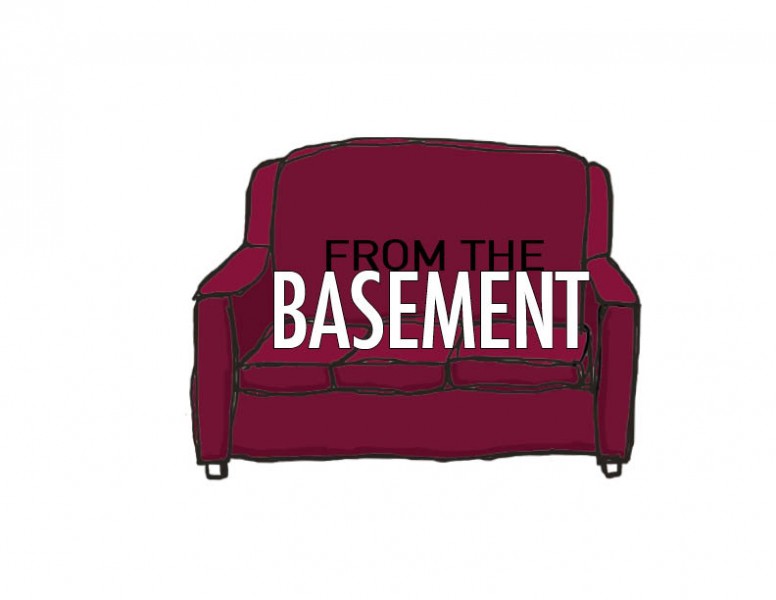From the basement: NCAA needs to work on fair compensation
Collegiate athletics are supposed to be a way for young adults to compete at a higher level and grow as people while still focusing on their studies. This has never been the case.
The NCAA gains from the success of players that generate the most revenue, but the educational compensation for players is lacking. The average Division I football scholarship is just under $20,000. For many players, that leaves a gap between their compensation and cost of attendance. If players cannot achieve positive outcomes via educational “compensation,” then Divison I college athletics is essentially an underpaid, semi-professional league.
If collegiate athletics is the unpaid internship that might or might not get athletes hired to professionally, the NCAA must be honest about the fact that the value these athletes bring is significantly greater than the value they receive. With that considered, the NCAA has a duty to fairly compensate the athletes that drive $11 billion worth of revenue for the association.
Not only is $11 billion in total revenues greater than the league revenue of both the NBA and NHL, which somehow manage to pay players millions of dollars annually while still making profits, but most of that money never benefits academic lives of athletes or other students.
Much of the wealth in college sports, in fact, stays within the hands of a small group of administrators and coaches.
While the NCAA lists one of its core values as the “collegiate model of athletics,” in which students balance their academic, athletic and social experiences, the organization does not follow through.
Time commitment is the most convoluted part of the NCAA model. A typical Division I football player devotes an average of 43.3 hours per week just to football. That is 3.3 hours more than the average American works. Not only is the football player not compensated for his work, but he is expected to attend classes, perform well academically and maintain a social life.
In 2015, NCAA football players graduated at a rate of 55.1 percent while the national average hovered just under 73 percent.
The NCAA also claims that the scholarships it offers to players are more valuable than those being paid outright, but considering that nationally, 55 percent of football players are not graduating. Their services are being taken by the NCAA, and profited upon, with no gain for the player.
While many athletes do not gain academically from the structure of the NCAA, the universities do. Doug Chung, assistant professor of business administration at Harvard University, studies this phenomenon.
“I find that when a school goes from being ‘mediocre’ to being ‘great’ on the football field, applications increase by 17.7 percent,” Chung said.
Athletes might as well be members of the university and NCAA public relations or advertising teams. Between their generation of revenue and impact upon university-wide admissions improvements, the athletes that drive revenue deserve to be paid.
Your donation will support the student journalists of Tulane University. Your contribution will allow us to purchase equipment and cover our annual website hosting costs.




Leave a Comment